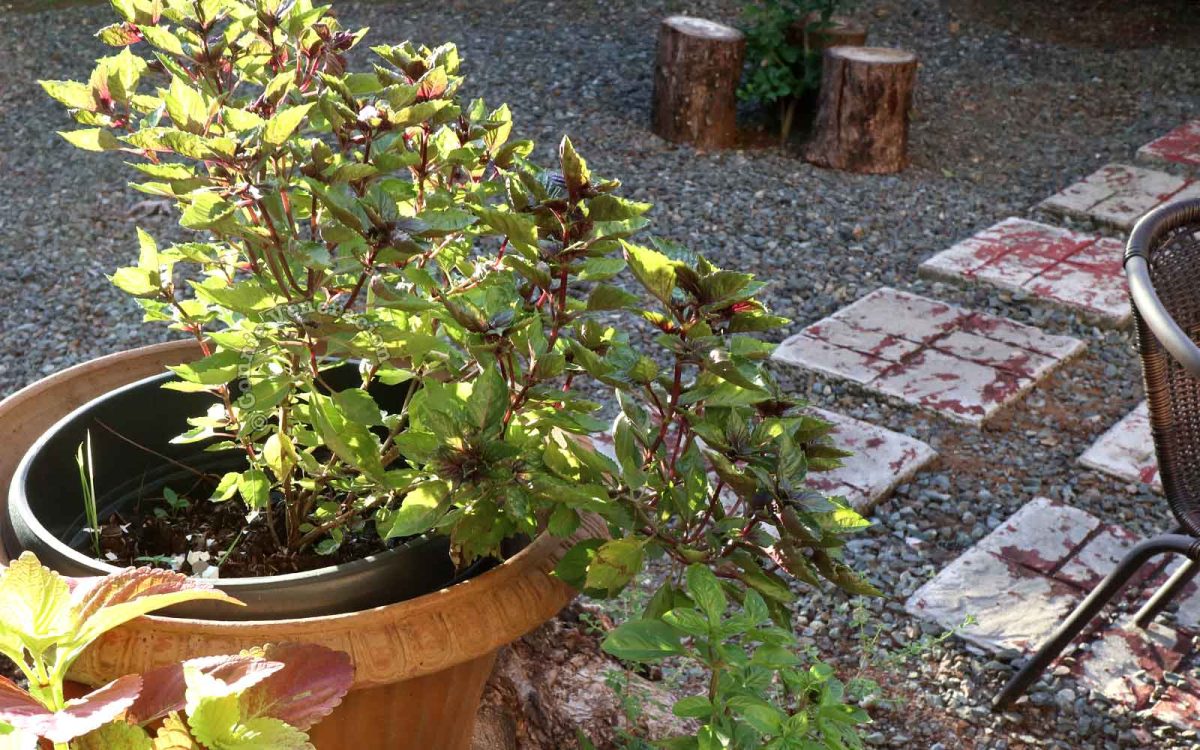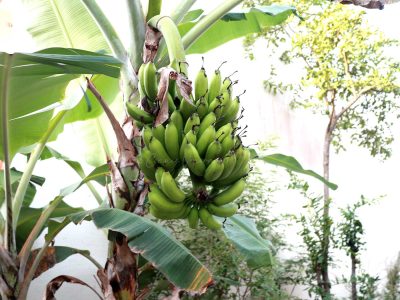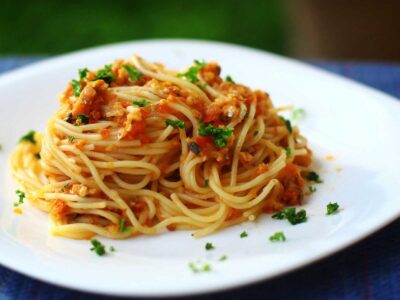Basil was the first herb that we ever tried to grow at home. And how that happened wasn’t even part of a plan to maintain a herb garden. As you can imagine, how to grow and propagate basil was one of the first important gardening lessons we ever had.
It all started when, after a dinner party, the hostess offered us a branch of basil that had been cut from a bush in their garden.Try growing it, she urged, it’s so easy —just stick this branch in a bottle of water, wait for roots to grow in the cut end then plant in soil.
Not wanting to be impolite, I accepted the branch with a smile. When we got home, I didn’t know what to do with it so I took a drinking glass, half filled it with water, dropped the basil branch in and positioned the glass on the windowsill in the kitchen. The the next couple of days, I cooked in that kitchen several times a day and never gave the glass on the window more than a cursory glance each time.
One morning, having packed my daughters’ lunch boxes and everyone having left for the day, I was having my second cup of coffee leisurely when my eyes wandered to the kitchen window. Could it be…?? I moved closer and peered at the water in the drinking glass. Three short thin and ragged-looking threads were protruding at the bottom of the basil branch. Darn. It had started to grow roots.
That was in our old house in another part of suburbia. After we moved, we had to start over with our attempts at herb gardening.
How to grow basil
There are three ways to grow basil:
- buy seeds and germinate them following the instructions on the label
- buy potted seedlings and replant them directly in the ground or in large pots
- from cuttings
We’ve done #2 and #3. We bought seedlings, let them grow for a few weeks then replanted them directly in the soil. When these seedlings matured, we were able to take cuttings and grow new basil bushes from them.
Propagating basil via stem cutting
You will know that the plant is mature enough for propagation via stem cutting when the lower stems turn woody. If your basil’s branches are all green, wait a few weeks more.
Choose a mature stem. With garden shears, snip the branch diagonally. For best results, trim all the leaves from the cutting so that the stem can get all the nutrients. Roots grow faster that way.
Do you grow roots in the water or stick the cutting directly in the soil? You know, except for that first basil branch that I put in a glass of water, there was never any other occasion to repeat that procedure until years later when we were re-organizing the garden and there was so safe place for newly planted herbs.
Growing roots in water
Prepare a clean jar. Glass, preferably, so that it is easy to see the progress of the propagation. Half-fill the jar with water. I use filtered water because tap water in our part of the world smells strongly of chlorine.
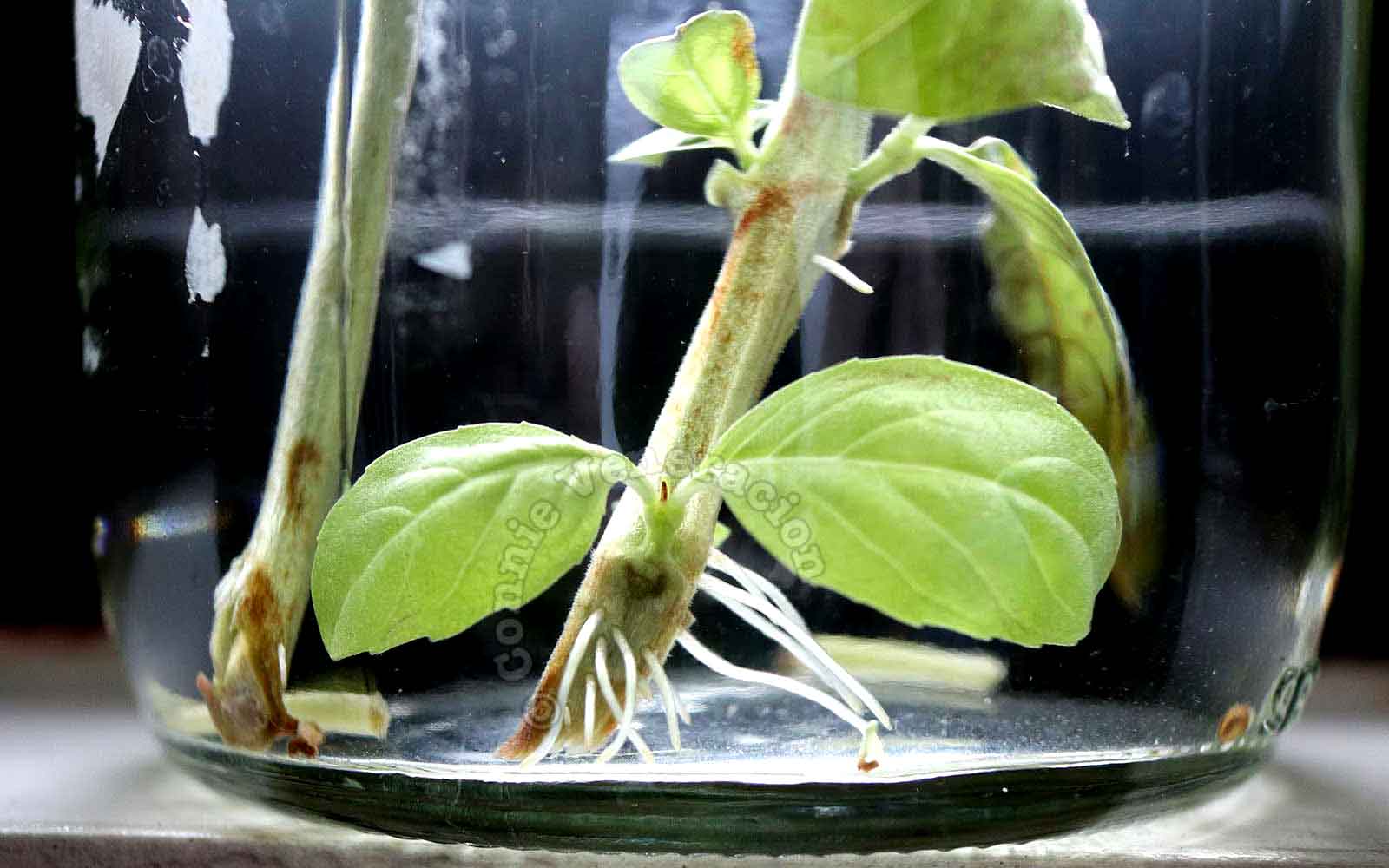
Take the mature stems that you had cut from the mother plant and snip off as many of the leaves as you can without damaging the stems. Drop the stems into the jar and place the jar where it can catch some sun. On a window is ideal.
It takes just a few days for roots to grow. In the photo above, the basil stems had been in the jar for five days. Not only have roots grown; the tiny leaves that I didn’t remove just continued to grow too. Those stems are ready to be planted on soil.
Planting cut stems directly on soil
Prepare a pot or plant box by filling it with well-draining soil. We buy mixed garden soil and use that. The pot or plant box need not be high (six inches high is fine) but I recommend that it be wide so that you can stick several pieces of cut stems at the same time. How wide should the pot or plant box be? That depends on how many stems you intent to stick in the soil. It is best to keep them at least three inches apart.
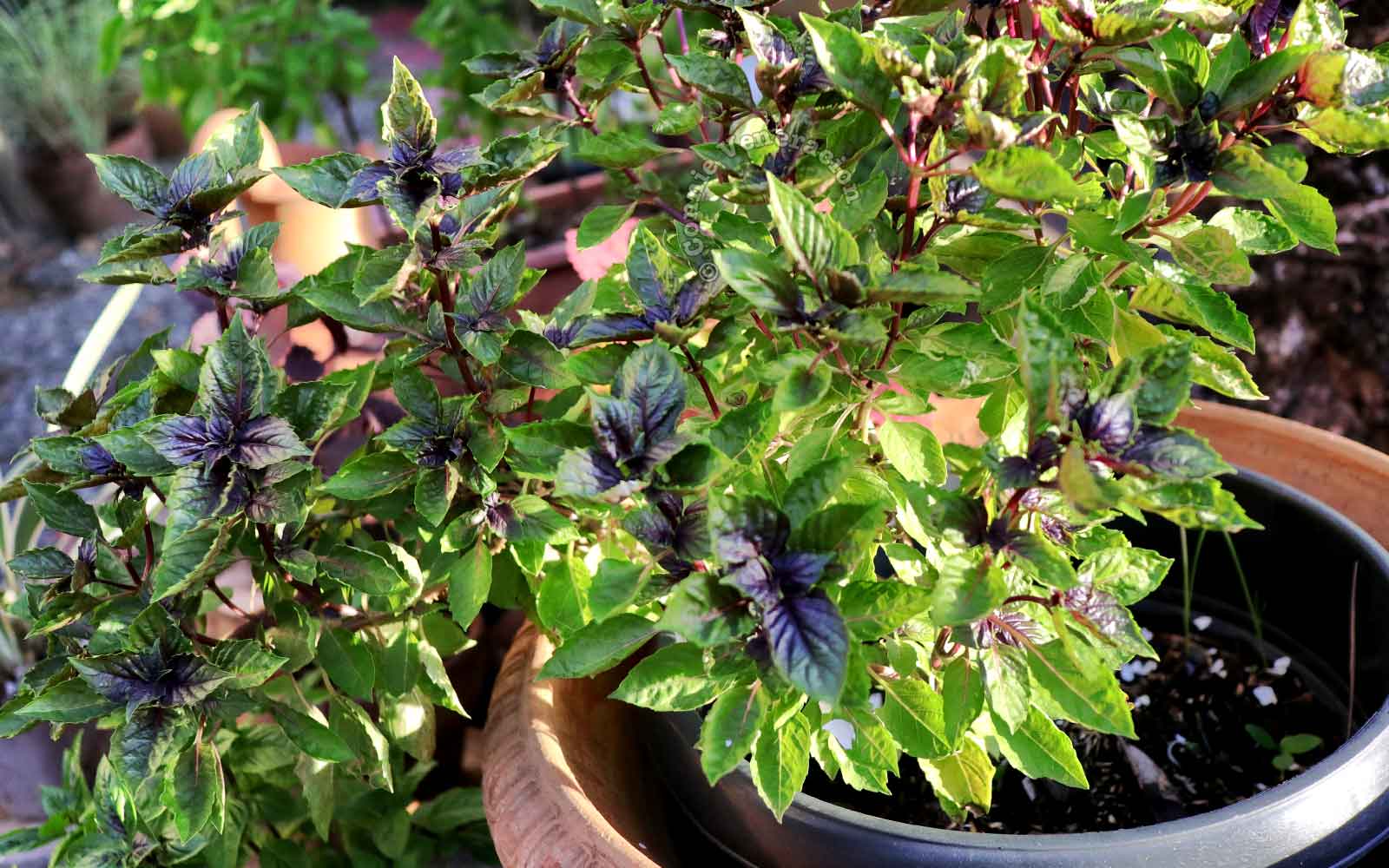
Place the pot or plant box in least busy part of the garden where the sun shines for most part of the day. It shouldn’t be in the path of pets or small children. Until roots grow and grip the soil, the stems can get knocked off if the pot or planter gets bumped.
Caring for basil
Basil is a tropical plant. A bush. It needs lots of sunshine and not so much water. If you live in a region where there are harsh winters, well, you can grow basil in the spring or summer but don’t expect it to survive the cold. So, plant your basil where it gets sun for most part of the day. We water once a day.
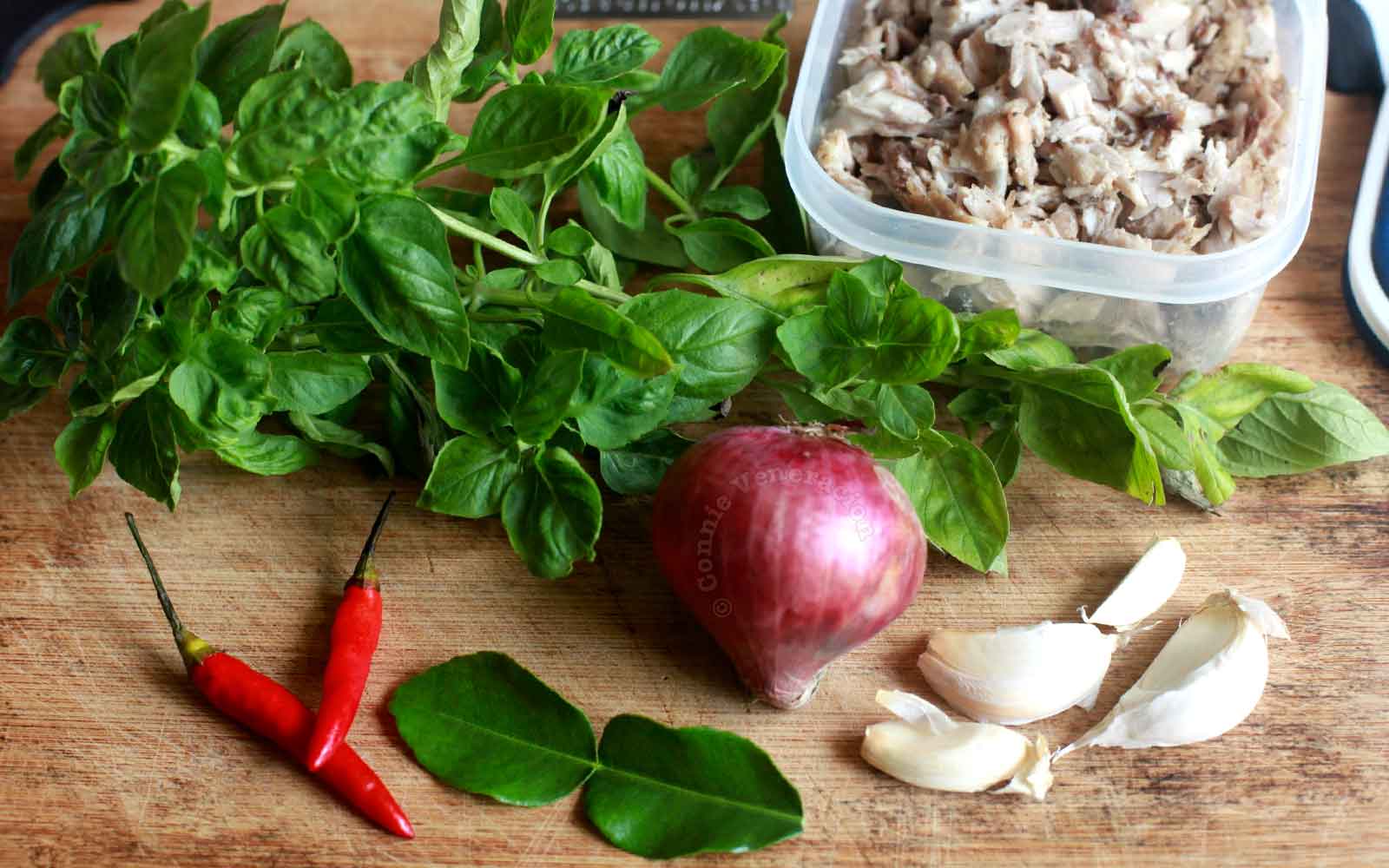
Unlike some basil growers who maintain basil plants for ornamental purposes, we plant basil for the leaves that we use in cooking. Naturally, we want the bushes to produce as many leaves as possible and for the longest time possible too. So… we snip off the flowers.
When basil reaches a height of about two feet, they will start to grow flowers. The flowers will appear on top. They are beautiful, lavender and dainty, but it’s the leaves that you want, not the flowers. If the flowers are not cut off, the branches where they grow will stop growing leaves on top. No new stems will form on top of those branches either.
You may be thinking:Wait, don’t seeds grow from those flowers? Won’t seeds fall into the soil and grow into new plants?True. But the mother plant where you allowed the flowers to grow will die. Are you willing to wait for the seeds to germinate and grow tall enough to allow you to starts picking basil leaves again?
So, there. If you want basil leaves, you have to cut off the flowers.

